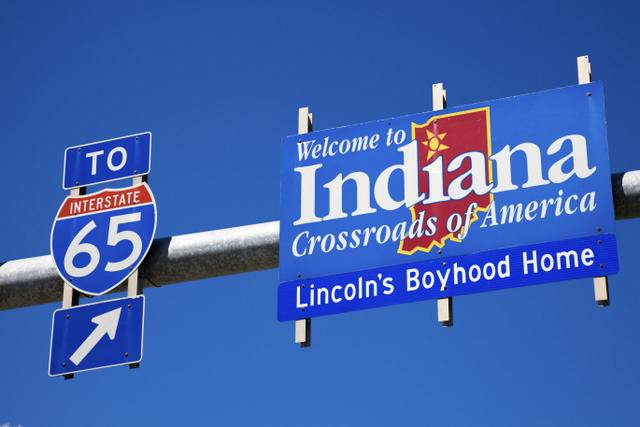Indiana Senate bill on the table to end net metering in the state
Indiana is the latest state considering a change to its net metering rules at the behest of the utilities. Senate Bill 309 is vague on its timeline, but at its heart is the goal of reducing the payback of residential PV systems.
What are the proposed changes?
Under the current system in Indiana, solar customers are credited at an equal rate—now about 11 cents a kilowatt-hour, or what household customers pay for electricity at the retail rate. The bill is proposing a “sell all, buy all” system in which solar customers not keep the energy they produce — they would have to sell it all to the utility at a lower, wholesale rate—now about 3 cents a kilowatt-hour. Then the customer would have to buy all of their energy from the utility at the higher retail rate. The utility keeps the difference — now about 8 cents a kilowatt-hour.
What is the timeline?
Well, it could be 2027, or it could be way sooner than that, depending on solar demand.
From the bill summary:
Provides that a net metering tariff of an electricity supplier must remain available to the electricity supplier’s customers until the first calendar year after the aggregate amount of net metering facility nameplate capacity under the tariff equals at least 1% of the electricity supplier’s most recent summer peak load. Provides that after June 30, 2027: (1) an electricity supplier may not make a net metering tariff available to customers; and (2) the terms and conditions of any net metering tariff offered by an electricity supplier before July 1, 2027, expire and are unenforceable. Provides that not later than March 1, 2026, an electricity supplier shall file with the IURC a petition requesting a rate for the electricity supplier’s purchase of distributed generation from customers.
So what does 1 percent of summer peak load look like in Indiana? Here’s an example from the Indianapolis Business Journal:
According to current rules, a utility such as Indianapolis Power & Light Co. doesn’t have to offer net metering to customers once it reaches a cap of providing net metering equal to 1 percent of its summer peak generation.
At IPL, only 101 customers are using net metering, accounting for only 0.06 percent of the utility’s summer peak demand of 2,670 megawatts. That’s less than one-tenth of the amount allowed under the cap, so there’s still plenty of room for customers who want to buy rooftop solar systems and take advantage of net metering.






Comments are closed here.